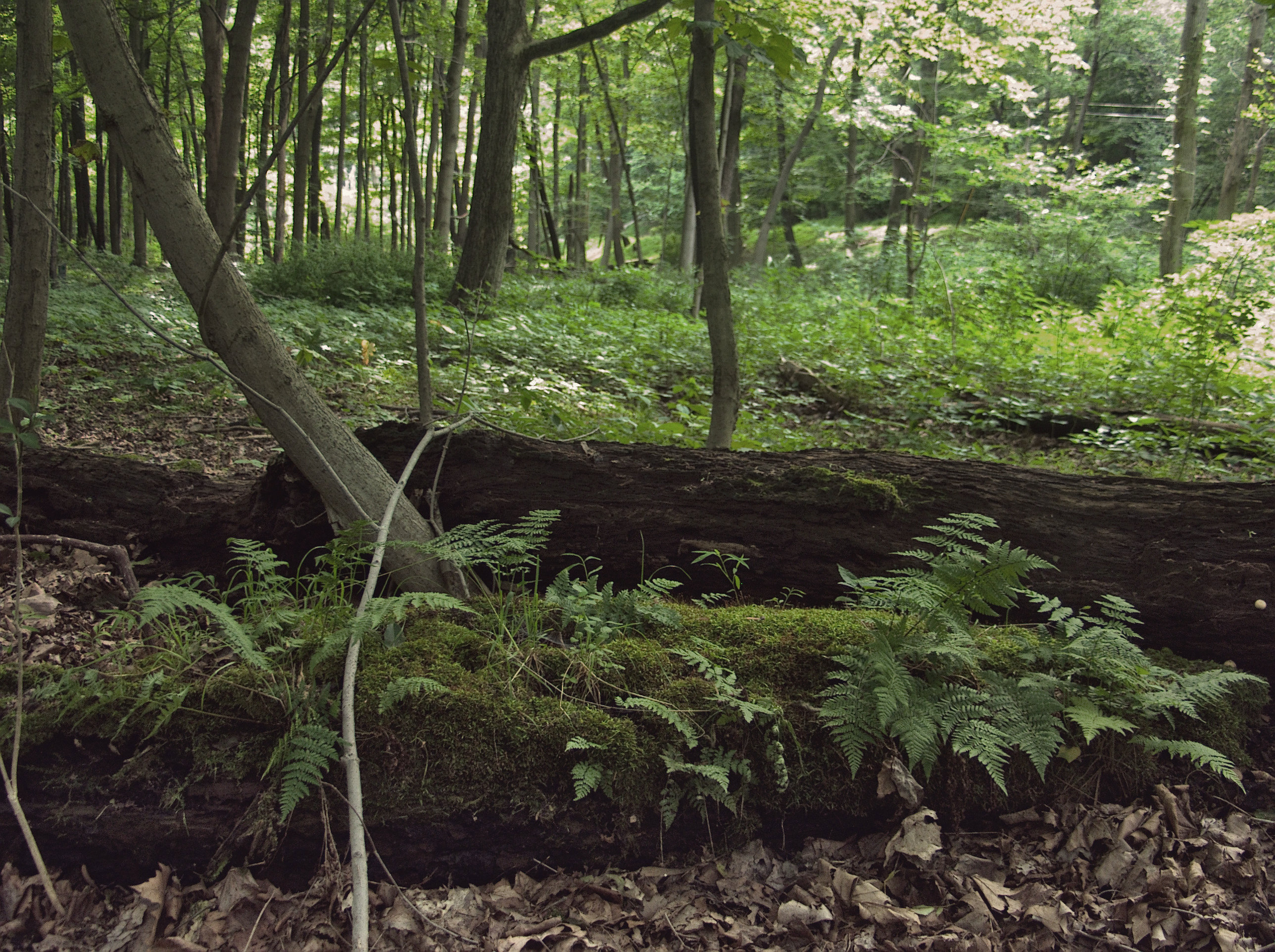Another experiment with limited color. Old Pa Pitt enjoys all kinds of photographic experiments, but in this case he has a particular reason for presenting this picture this way: it was a photograph that could not be easily rescued in full color.
You may see the original color photo below if you really want to see it. Father Pitt will draw back the curtain for a moment and reveal the insignificant man with the levers and switches.
In spite of much manipulation, including a gradient filter applied in the GIMP, the highlights are still bleached out completely, making it look like a picture from a cheap cell phone rather than Pa Pitt’s treasured Olympus E-20n.

Reducing the saturation made it look more artificial without making it look more attractive.

But somehow imitation two-strip Technicolor made an attractive image. In the words of Michelangelo, go figure.


Leave a Reply to Lorraine Forster Cancel reply